Your budget is a way to stick to your saving goals. If you have a partner, having one household budget is essential for having a good sense of where you stand financially together.
The 50/30/20 rule is a simple, practical rule of thumb for individuals who want a budget that's easy and effective. Remember – budgets are meant to be helpful, not complicated or written in stone!
The 50/30/20 rule states that your after-tax income should be roughly divided three ways:
- 50% to needs
- 30% to wants
- 20% to long-term savings
The beauty of the rule is its simplicity. When something gets complicated or stressful, it’s easy to want to give up. The 50/30/20 rule makes it all much simpler.
Start your budget by listing all your anticipated monthly expenses.
These can be separated by fixed vs. variable expenses.
What are fixed expenses? These are expenses that don’t really change month to month, for example your rent, student loan bills or phone bills.
In contrast, variable expenses can fluctuate month to month. This would include expenses like groceries and fuel. However, based on what you’ve spent in the past, you should be able to roughly estimate an average of what you can expect to spend each month.
As you list these, make a note of what items in each category are needs vs. wants.
What should be listed as needs? To name a few: housing (rent/mortgage, property taxes), food (groceries), utilities (gas, water, electric, internet), insurance (auto, health, homeowners/renters), health care (deductibles, prescriptions) and transportation (car payment, gas, bus passes, parking fees).
While needs are easy to agree on, wants are subjective and personal. The 50/30/20 rule encourages you to be explicit about your wants. But don't beat yourself up over them! Give yourself permission (obviously within reason!) to spend some of your money on things that make your life enjoyable.
This could include: gym memberships, clothing, online subscriptions, decor, hobbies, vacations and eating out.
Could you argue that certain wants are needs? In some cases, maybe. Clothing is a necessity, but spending extra money on a trendy outfit is probably more like a want than a need. That doesn’t mean you shouldn’t treat yourself to it – just be honest about it within your budget.
After listing your monthly expenses, compare them with your income.
If you have a negative cash flow, it can make it much harder to pay your bills, secure loans, and afford the things that you want to buy. It also means that you may be relying on credit cards or other forms of debt to make ends meet. In order to achieve (and maintain) a positive cash flow, you might learn that you have to adjust some of your wants.
As you compare, see how close your needs are to making up 50% of your income, and how close your wants are to making up 30% of your income.
If not, ask yourself where changes can be made: Could you cut back on eating out? Could you get rid of one of your subscription services?
Then, consider how much you are saving each month.
There is no financial habit as important as saving. Unsurprisingly, it's also the hardest. Saving a little each paycheck can make things much easier when unexpected expenses come up. Whether you follow the 50/30/20 rule or not, you should make a goal to save a significant portion of your income for rainy days and retirement.
While your rainy day fund may require a little sacrifice now, it can be life saving if you're laid off from work or met with a sudden medical emergency. If disaster strikes, you can easily transfer the funds to a checking account to get you through.
One of the great secrets to saving is finding ways to make it automatic. Don't put yourself in the position of deciding how much to save with each paycheck. Make the savings decision once, and ride it as long as possible. Some employers, if they support direct deposit, will let you split your paycheck between accounts. This payment method is also a nice way to put money into a savings account automatically.
Saving is gratifying. It will instill confidence and self-respect. It can be helpful to give your savings a purpose. Do you want to buy a home? A new car? Save for that purpose. This will give you a reason to save, rather than just doing it because you feel like you should.
Learn more about North Shore Bank’s savings accounts.
If your income changes, revisit your budget (thoughtfully!)
Did you receive an annual bonus? Inherit some money? Get your tax return? It can be tempting to use it to cover wants – like eating out or traveling. Using some of the money that way is fine. But, it’s also a good opportunity to pay down debt or increase what you’re putting away in your savings. Applying the 50/30/20 rule to these influxes of cash is also a good rule of thumb to keep your budget on track.
Most importantly, stay consistent. Make budgeting a part of your everyday life.
Like all budgeting methods, the 50/30/20 rule is not perfect, and shouldn't be applied as defined to every budget. Saving 20% is a huge improvement for some people. For others it's low. Resist the temptation to compare yourself to others. Make adjustments. Place an emphasis on your long-term goals.
Having a practical budget helps ensure that your income and expenses exist in a balance that works in your favor. Income, expenses and savings can exist in harmony, but it takes effort and ongoing commitment.
Side Note: The 50/30/20 rule is not appropriate for individuals who are in deep personal debt (unsecured debt). To avoid bankruptcy, a default, or long-term credit damage, dedicate as much of your income as possible to paying off credit card balances and student loans. Without neglecting your emergency fund, you may need something like a 75/5/20 rule until you've cleared your obligations.
Interested in a North Shore Bank Checking or Savings Account?
Browse more of our financial literacy resources by clicking here.
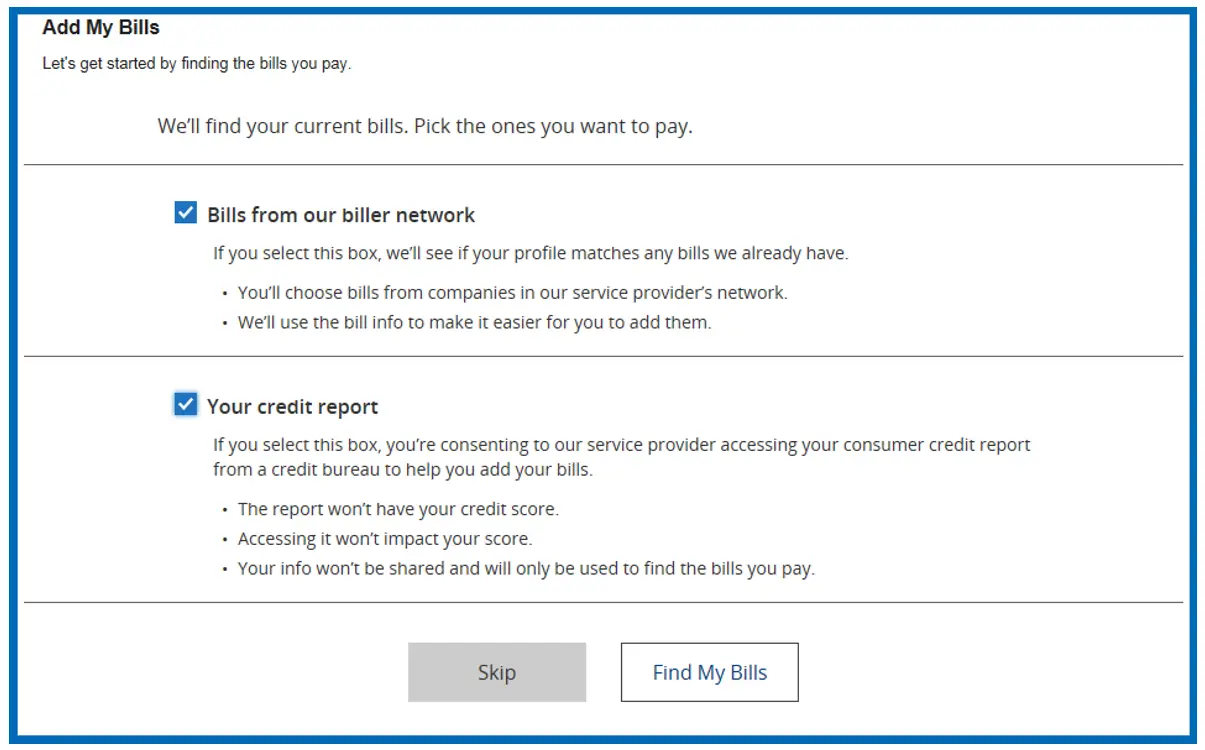
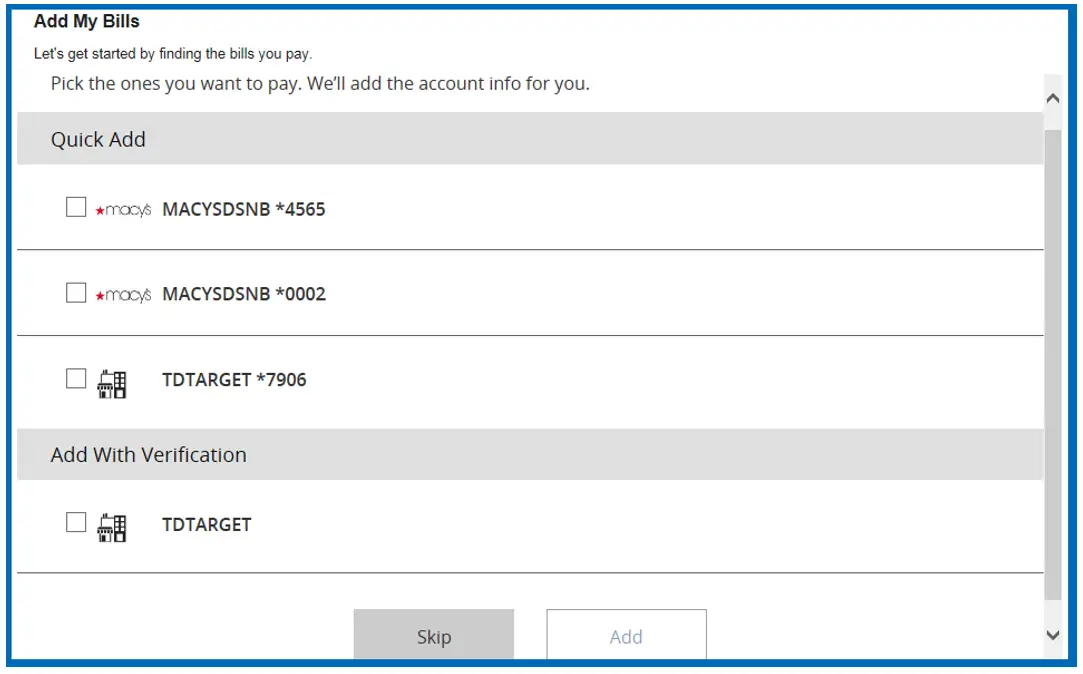
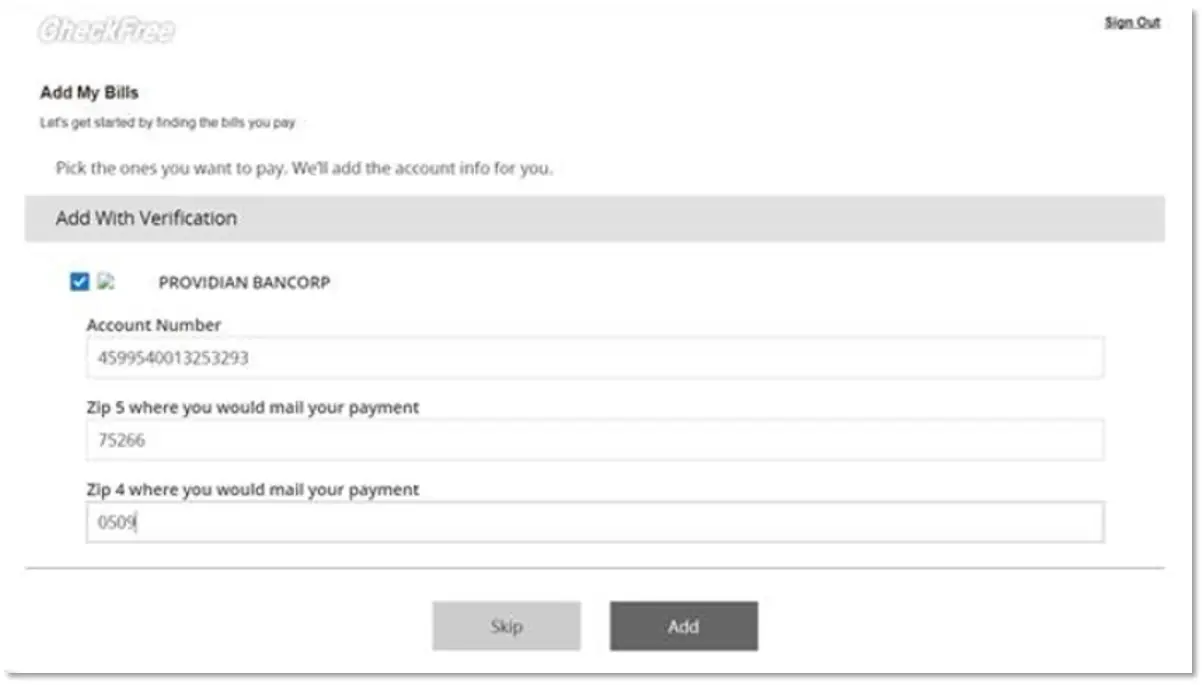
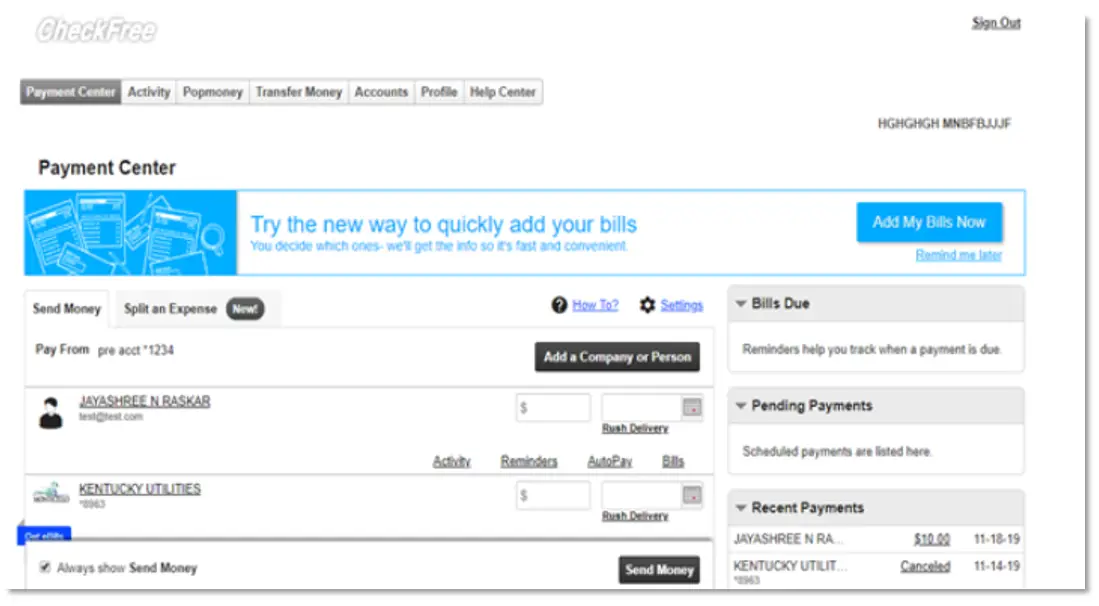
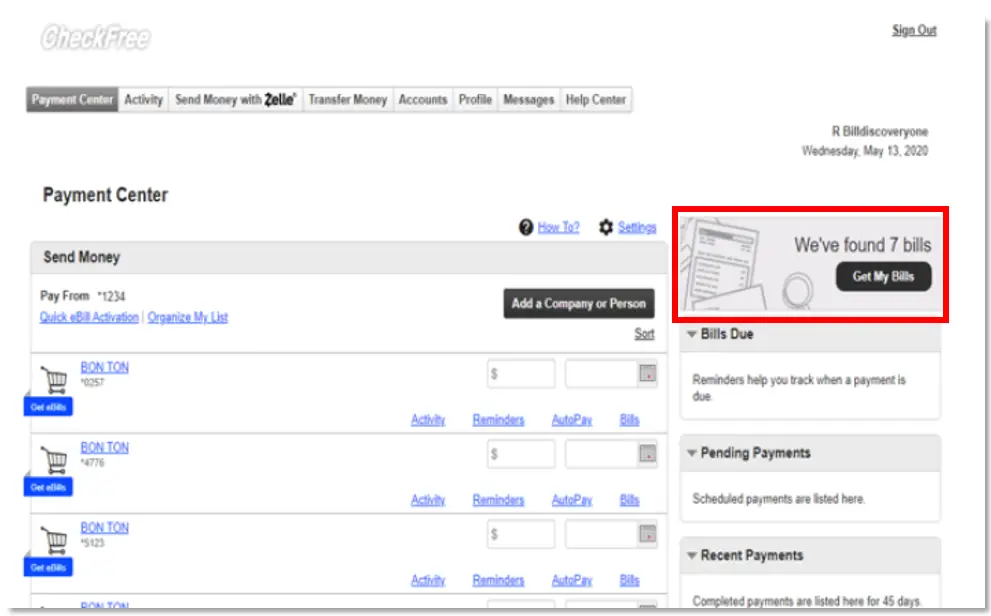
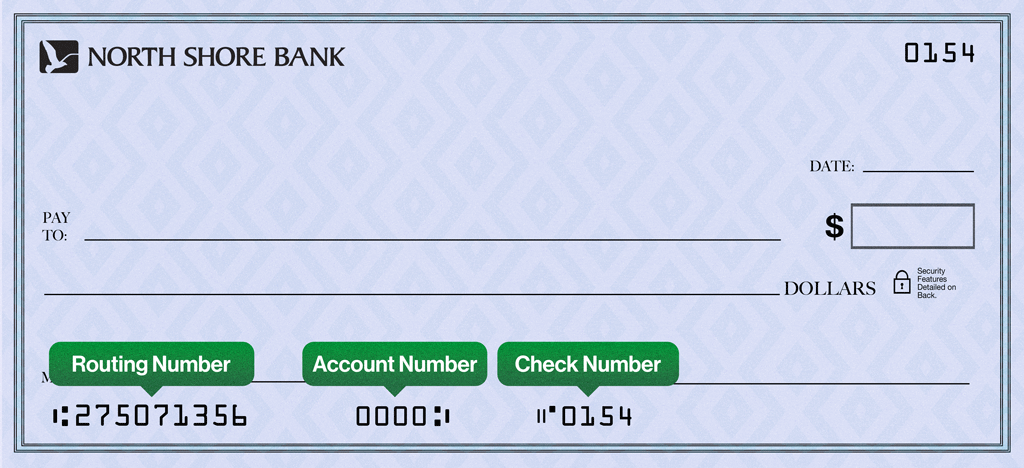 When opening an account online, your initial deposit must be done by transferring money from your current bank account or by debit or credit card.
When opening an account online, your initial deposit must be done by transferring money from your current bank account or by debit or credit card. Click on the three vertical dots alongside the blue “Pay” button
Click on the three vertical dots alongside the blue “Pay” button